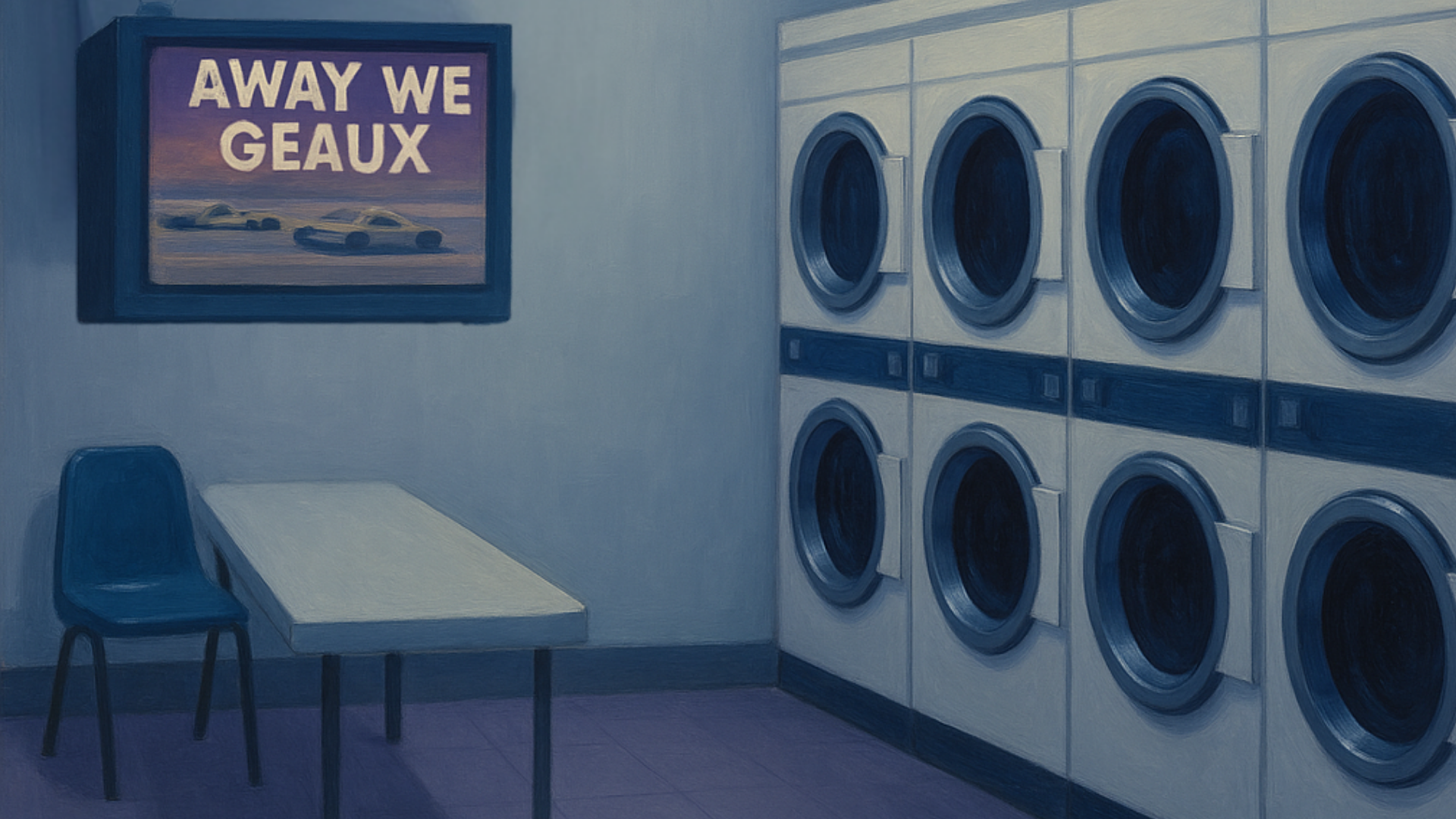Racing Realism
F1 is having a moment. We see the glamorous side—Vegas under the lights, Miami's tropical vibes, Monaco's harbor lined with yachts. It's a stunning spectacle, and right now the sport has never been more visible to the world. But behind that glamor is a lifetime of sacrifice. For nearly everyone involved, from the drivers to the crews to the officials, getting to the most competitive stage took decades of work, travel, and persistence. The show is stunning, but the road to it rarely is.
I grew up in a racing family, and that experience is impossible to shake when I watch Formula 1 today. My weekends were spent driving across Texas and Oklahoma with my dad, racing at random tracks tucked away off highways and backroads. There's something deeply tactile about that life—the smells of fuel and rubber, the long days in the sun, the motel rooms in the middle of nowhere. It wasn't glamorous, but it was real. And in its own way, it was beautiful.
That anticipation between stillness and spectacle is what intrigues me now. John Register and Edward Hopper—two of the great modern American artists—captured ordinary spaces with stillness and heaviness. Their paintings of empty spaces and quaint corners resonate with me because they feel like the other side of racing: the early quiet mornings before the engines roar, the silence after the checkered flag is waved, and the long, reflective rides home. These scenes tell a story just as deep as the excitement of the racetrack itself.
From that inspiration comes a series I call Racing Realism. These images capture the moments that live outside the noise: a helmet resting on a diner counter, a lone gas station glowing in the early morning, or a secluded motel room. They're reminders that racing isn't only about speed and spectacle, but also about the quiet persistence behind it—the pauses between the speed, where the heart of the sport lives.



